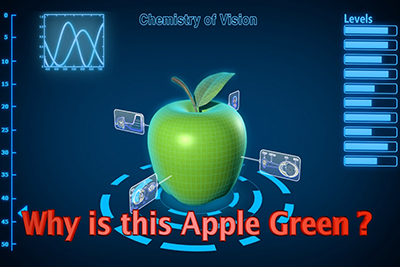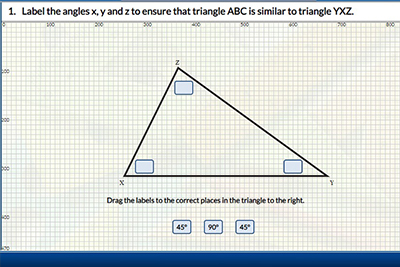Is interactive learning fun? Most students would agree. It is also incredible. When we look at technology’s handiwork in combining content with learning goals to create irresistible eLearning products, doesn’t it take our breath away? E-learning with interactive content thrives in a realm of infinite scope and variety. From do-it-yourself videos to interactive maps and flashcards, everything has a role to play in equipping learners with the 21st-century skills (Critical thinking, Creativity, Collaboration, and Communication) in a world where learning is just never-ending. Here we have compiled few suggestions that can provide an amazing learning experience, no matter what the topic is or who the target audience is.
To start with, there are conventional interactives like videos (Concept animation or Photo-story) utilizing hotspots, sliders, or drag-and-drop controls. Some of them follow a contextual learning approach by backing up concepts with real life applications. Others follow a problem-based approach that involves concepts plus problem solving tasks. Whatever be the approach, they don’t fail to take concepts beyond text book coverage while catering to different learning styles (auditory/ visual). Interactive maps, infographics, labelling tasks, timelines, crosswords and word search fall into this category.
How many game-based learning fans out there? Aren’t we all? Game-based activities come feature-packed with exciting levels (Beginner, Intermediate, and Challenger) that urge us to think, plan ahead and compete. If we find certain topics cannot hold our attention, theme based games (counter-strike, fight off zombies, solve mysteries, and more) linking subject matter will change our notions forever.
Yet another learning asset is time-recall flashcards. This helps us to retain facts using the science of spaced repetition technique. Similar to a memory card game, anyone can play it to overcome their forgetting curve and store even the dullest fact into memory. The Leitner system is a popular method of efficiently implementing flashcards. Flashcards can make effective use of illustrations or, at times, even short animations and gifs to make learning enticing.
Do you need to build conceptual content with more of experimentation and interaction and less of theory? Then animations using colorful 3 D graphics and Augmented and Virtual Reality technologies is the right choice. By enhancing learning with immersion effects and intelligent touch gestures, these animations are not only a treat for learners but also diversify the world of learning to a myriad of possibilities. And the best part? They provide hands-on-experience related to the course curriculum while keeping students engrossed and wanting more.
Interactive content is everywhere, clamors for attention and if we let the numbers talk, seems futuristic: As a leading technology partner for eLearning content development, editorial, and publishing services, diacriTech goes the extra mile. Starting from developing simple, intuitive templates, providing wireframes, creating storyboard, and engaging visuals to obtaining the permission rights for all images and audio, we see it through the end; to satisfy every education providers’ need to ignite student engagement through their interactive products.





